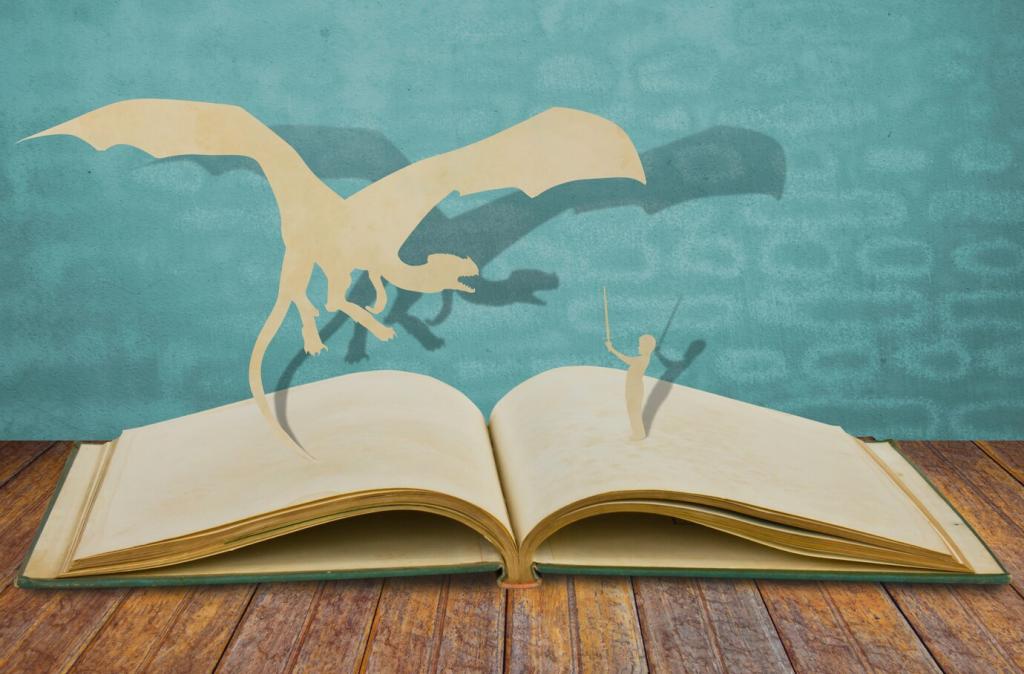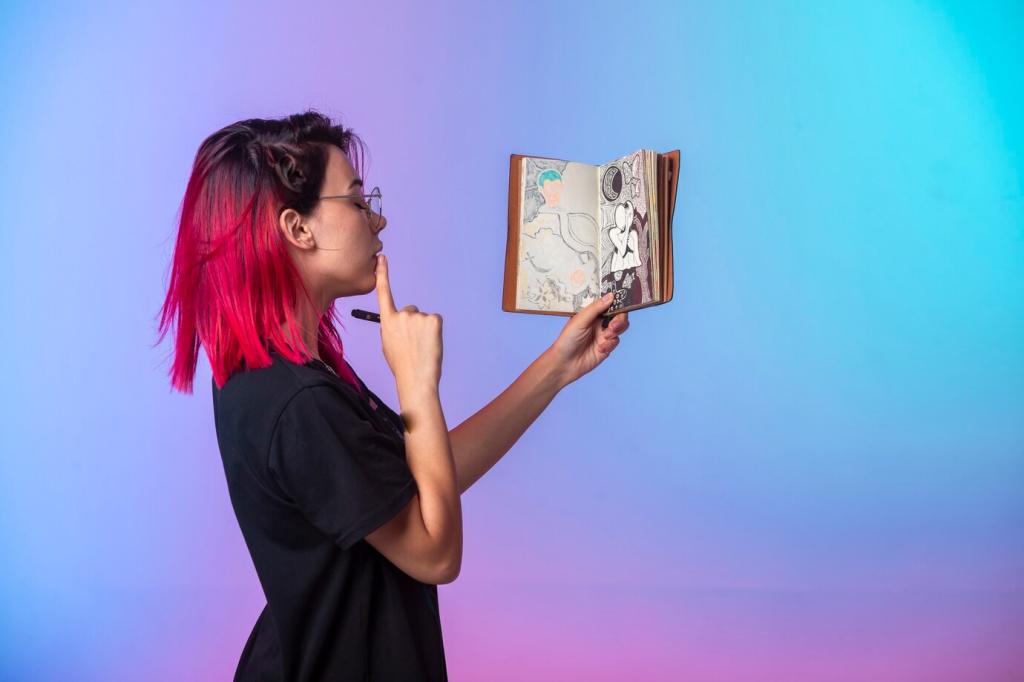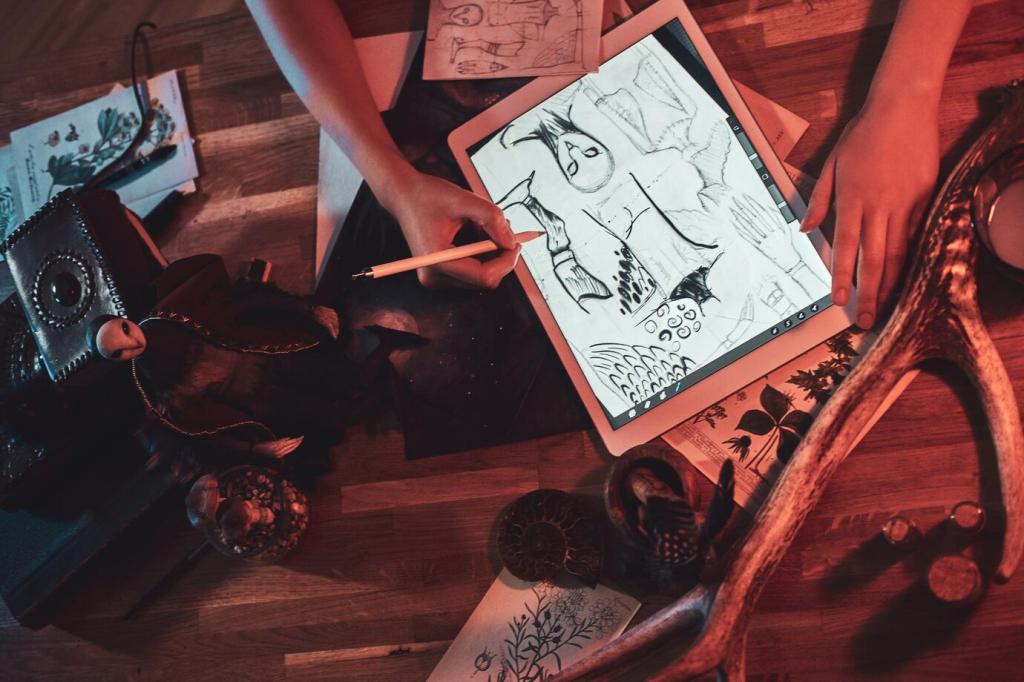Embarking on an exploration of literary classics is akin to stepping into a timeless world, where words have shaped thoughts, cultures, and dreams for generations. These works transcend eras, ideas, and boundaries, inviting readers to witness the evolution of storytelling and the enduring resonance of human experience. This journey delves into the heart of literary masterpieces, uncovering their profound themes, historical significance, and the enduring inspiration they provide in our modern lives.
The Birth of Literature: Foundations of the Written Word

Epic Poems and Oral Traditions
Epic poetry represents the earliest form of literary classics, with works like “The Iliad” and “The Odyssey” weaving tales of heroism, gods, and monumental journeys. Rooted in oral traditions, these epics were passed down through generations before being inscribed onto papyrus and stone, ensuring their endurance. They provided societies with shared myths and moral frameworks, reflecting universal human qualities such as bravery, loyalty, and the quest for meaning. The rhythm and repetition of oral storytelling helped preserve these narratives in collective memory, and their larger-than-life characters still captivate readers today.

Philosophical Texts and Wisdom Literature
Beyond storytelling, ancient literature gave rise to philosophical treatises and wisdom literature, offering reflections on life, morality, and the nature of existence. Works like Plato’s “Republic” and the moral fables of Aesop shaped societies’ intellectual landscapes, challenging readers to ponder ethical dilemmas and the human condition. These texts demonstrate how early classics went beyond entertainment, influencing spiritual practices and societal organization. Their teachings have been echoed and debated across centuries, underlining the power of the written word to provoke personal and cultural introspection.

Sacred Writings and Religious Influence
Religious texts such as the Bible, the Quran, and the Bhagavad Gita are among the most influential classics in world history. These writings provided spiritual guidance as well as narrative frameworks that influenced countless generations. Their stories, poetry, and parables traversed boundaries of language and region, nurturing moral codes and communal identities. The blending of divine inspiration with literary artistry in these works illustrates the profound impact of sacred literature on worldview, law, and language—a testament to the enduring union between spirituality and the classic literary form.
Medieval Marvels: Echoes from the Middle Ages
Chivalric romance captured the imagination of medieval audiences through tales of brave knights, noble quests, and unrequited love. Works like “Sir Gawain and the Green Knight” embodied the ideals and contradictions of chivalry, portraying characters torn between personal desires and duty. These stories navigated themes of honor, loyalty, and virtue, often blending realism with fantasy. Beyond entertainment, the chivalric romance served as a didactic tool, shaping perceptions of ideal behavior and influencing European social norms and courtly conduct for centuries.
Previous
Next
Renaissance Revelations: Humanism and Innovation
Renaissance literature championed the individual, celebrating the capacity for self-discovery and personal achievement. Shakespeare’s plays, for instance, delved into the rich complexities of human motivation, ambition, and fallibility, rendering characters with unprecedented psychological depth. These works inspired audiences to reflect on their place within a rapidly changing society. The focus on individuality marked a major cultural shift, influencing not only subsequent literature but also philosophy, politics, and the broader sense of what it means to be human.
Previous slide
Next slide


Nature and the Sublime
Romantic authors such as Wordsworth, Coleridge, and Shelley turned to nature as a source of inspiration, solace, and transcendence. Their poetry evokes a sense of awe and reverence for the natural world, often portraying landscapes as living entities imbued with meaning. This fusion of the external environment and internal emotion invited readers to explore new dimensions of consciousness, while calling attention to humanity’s estrangement from nature in an age of encroaching industrialization.
The Byronic Hero and Rebellion
The archetype of the Byronic hero—a proud, passionate, and deeply flawed protagonist—emerged from Romantic literature, epitomized by figures like Byron’s Childe Harold and Emily Brontë’s Heathcliff. These complex characters epitomized the Romantic fascination with rebellion, individuality, and tragic destiny. Their stories questioned societal conventions and celebrated the turbulent inner life, offering a new model for the anti-hero that continues to influence literature and popular culture.
Folklore, Myth, and the Supernatural
Romantic writers revived interest in folklore, myth, and the supernatural, weaving tales that blurred the boundaries between reality and imagination. The Brothers Grimm collected folk stories that captured the fears and dreams of rural life, while novels like Mary Shelley’s “Frankenstein” married gothic horror with philosophical inquiry. This fascination with the otherworldly offered an escape from modernity’s rationalism and an entryway into the mysterious, enriching literary tradition with elements of wonder and haunting beauty.
Realism and Naturalism: Mirrors of Society

Realist authors such as Charles Dickens and Leo Tolstoy crafted intricate portraits of daily life, rendering characters and settings with meticulous detail. Their novels gave voice to a range of social classes, exposing the trials and triumphs of ordinary people. By focusing on the nuanced interactions of individuals within their communities, realist literature fostered empathy and understanding, encouraging readers to probe beneath appearances and consider the deeper currents shaping human experience.

